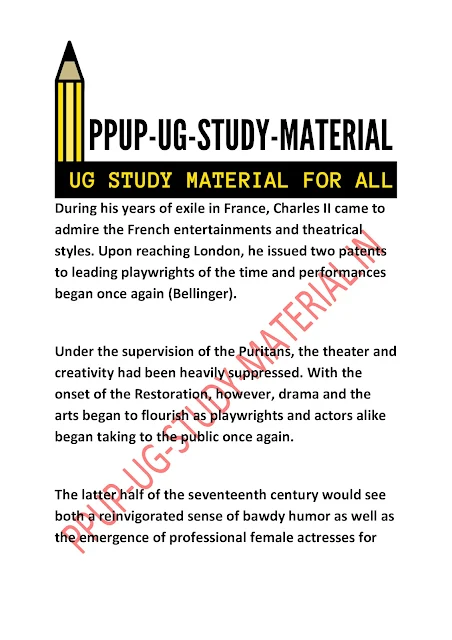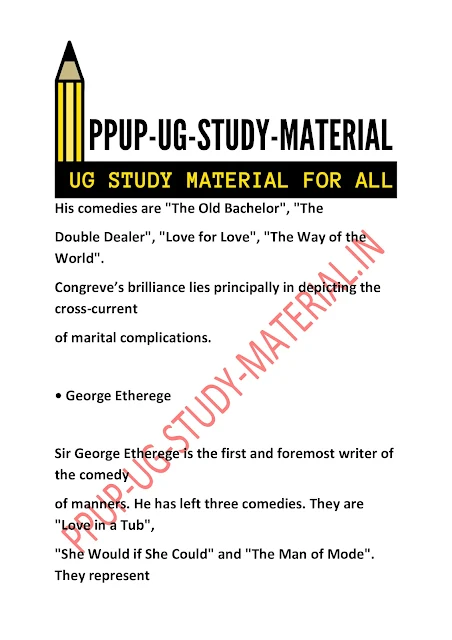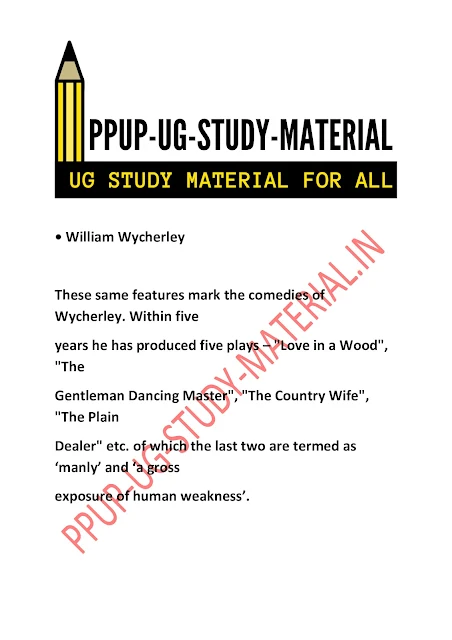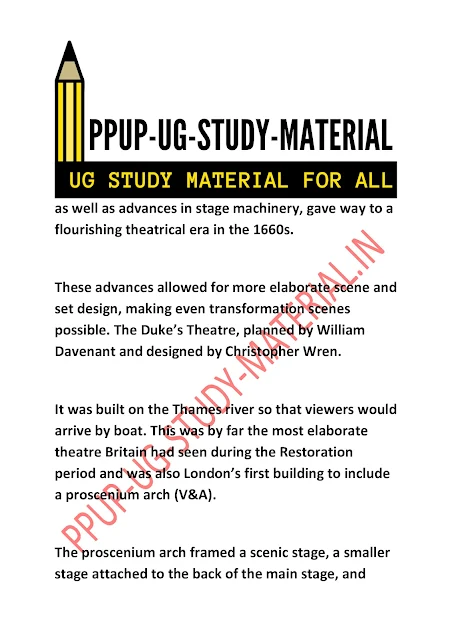Restoration and its relationship to the stage pdf notes - ppup part 1 english honours notes and study material pdf
[ Restoration and its relationship to the stage pdf notes | ppup part 1 english honours notes and study material pdf ]
In this BlogPost we'll cover These Topics - ppup part 1 english honours notes and study material pdf, PPUP part 1 english honours ug study material download, PPUP part 1 english honours ug study material free, PPUP part 1 english honours ug study material online, PPUP part 1 english honours ug study material pdf, PPUP part 1 english honours ug study material quora, patliputra university guess paper 2024 pdf, Restoration and its relationship to the stage ppt, Restoration and its relationship to the stage SlideShare, Restoration and its relationship to the stage summary, Restoration and its relationship to the stage pdf, Restoration and its relationship to the stage notes, Restoration drama PDF, Restoration and its relationship to the stage essay, Restoration theatre characteristics, Restoration and its relationship to the stage pdf notes, Restoration drama PDF, Restoration poetry pdf, Restoration period in English literature Notes, Restoration theatre stage, Restoration theatre characteristics, Restoration comedy PDF, Restoration drama in English literature
Introduction to Restoration and its relationship to the stage pdf notes
Questions. Note on the Historical Background of Restoration and its relationship to the stage | ppup part 1 english honours notes and study material pdf
Questions. Note on the Drama Trends Followed in the Restoration age. | ppup part 1 english honours notes and study material pdf
Questions. Notes on the Types of Restoration Drama | ppup part 1 english honours notes and study material pdf
Question. Notes on the Restoration Playwrights.
Questions. Notes on the Physical Advancements/Architecture Of Restoration Theatre/Drama.
Questions. Notes on the Decline Restoration Theatre/Drama.
Conclusion for Restoration and its relationship to the stage pdf notes
I hope You got what you were looking for ..reading this post Restoration and its relationship to the stage pdf notes | ppup part 1 english honours notes and study material pdf ... and if you got any query ..you can comment below so we can provide you further assistance.






























No comments